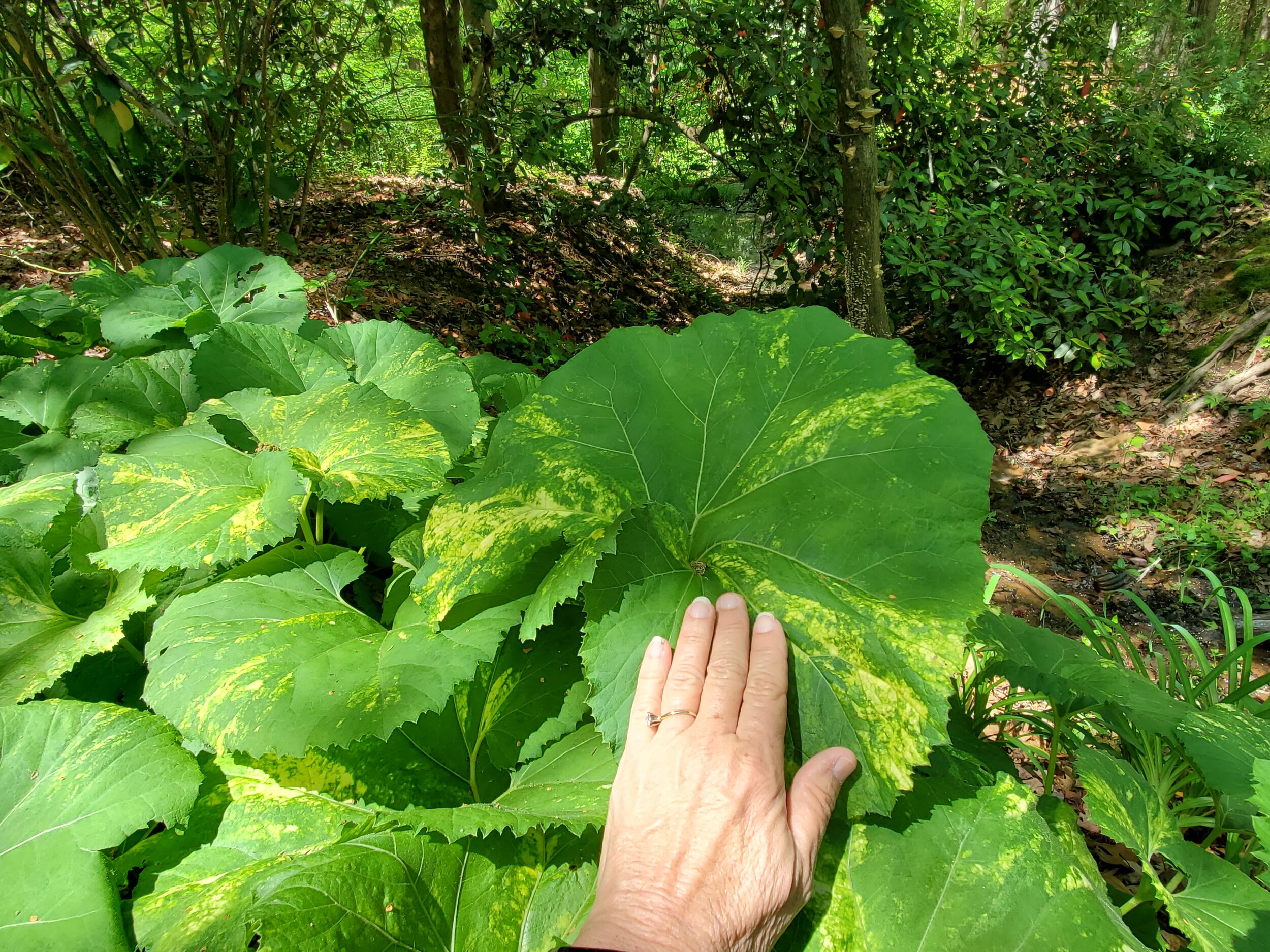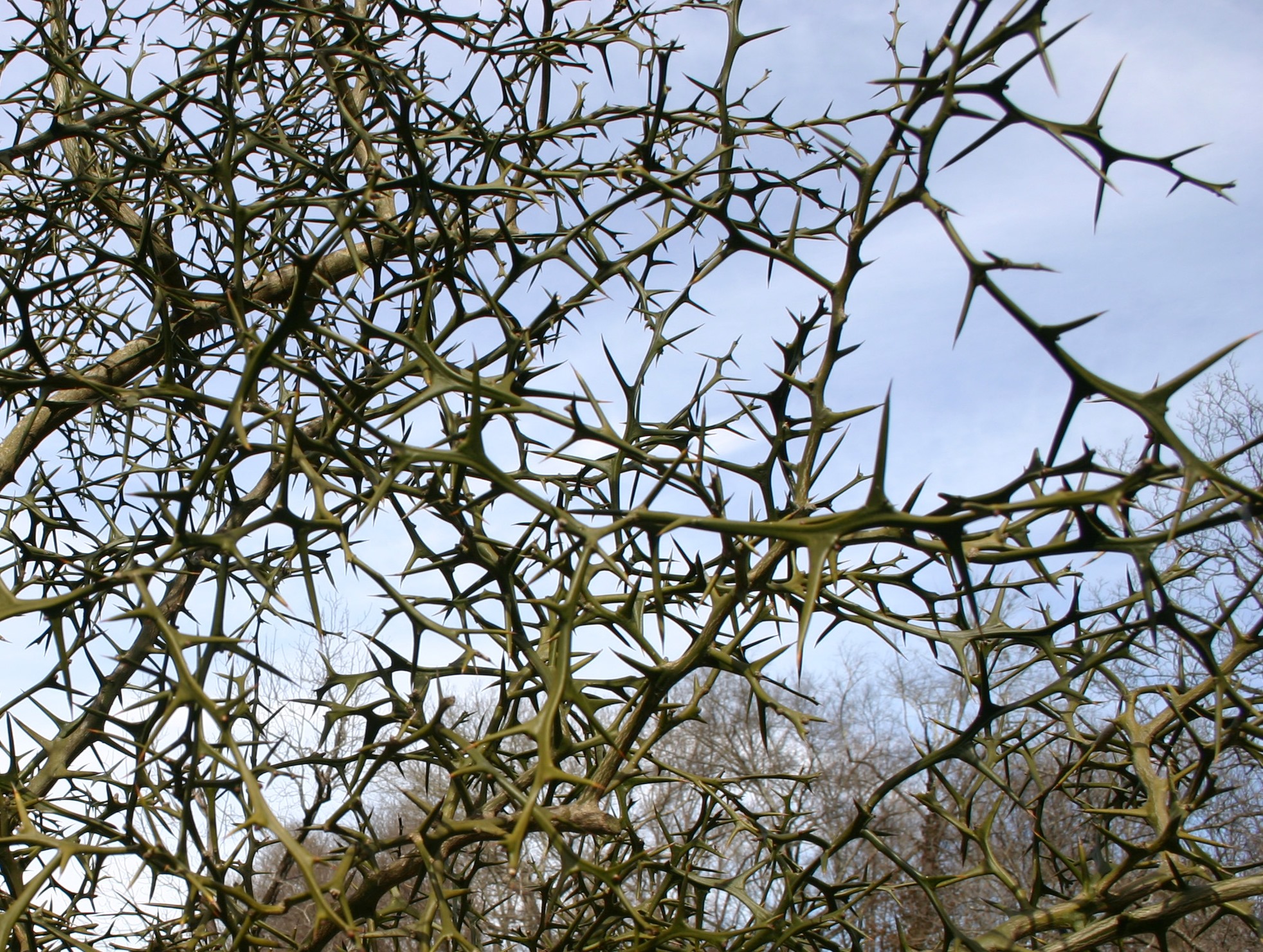Even experienced gardeners fall victim to plant lust. I learned a valuable lesson five years ago when I purchased an unfamiliar (to me) plant at a spring plant festival. I should have recognized danger when the seller identified the plant by a cute name (“Spotted Dinosaur Food”) and had no clue as to its genus and species. The innocent-looking plant resembled a miniature version of Gunnera, a gorgeous plant that thrives in the Pacific Northwest and will not survive in the heat of the southeast. Gunneras are known for their extremely large, exotic leaves.
The colloquial moniker of my quart-sized purchase meant a long search for its true identity. I am forever grateful for the internet image search results that allowed me to identify my new baby as Petasites japonicia ‘Variegatus’ (pronounced pet-ah-SIGH-tees), common name Variegated Butterbur or Sweet Coltsfoot. The second red flag waved in phrases like “vigorous spreader” and “large colonies.” Now, I wage an ongoing battle to keep mine in check.
Unusual, unimpressive clusters of green blooms arise in late winter, before leaves appear. The plant spreads aggressively by fleshy rhizomes rather than seeds. Their expansion should be restrained by a barrier such as metal edging, concrete or asphalt. Any tiny portion of the fleshy root will regenerate into a new plant. Butterbur grows in zones 3a to 8b. It goes completely dormant in cold weather. Leaves are fuzzy to touch. Deer leave them alone.
Taking its tendency to spread into account, Butterbur makes an impressive show. Leaves of the variegated forms may reach two feet in width. The non-variegated form may reach an impressive four feet in width. Both forms prefer shade to partial shade and plentiful moisture. Spread can be reduced somewhat by providing lower moisture, but be prepared for wilting leaves in the hottest part of the year. The leaves have an exotic, tropical appearance that pair well with hosta and ferns.
Plant scale is obvious when compared to my hand.
Variegation is apparent but not overwhelming.



